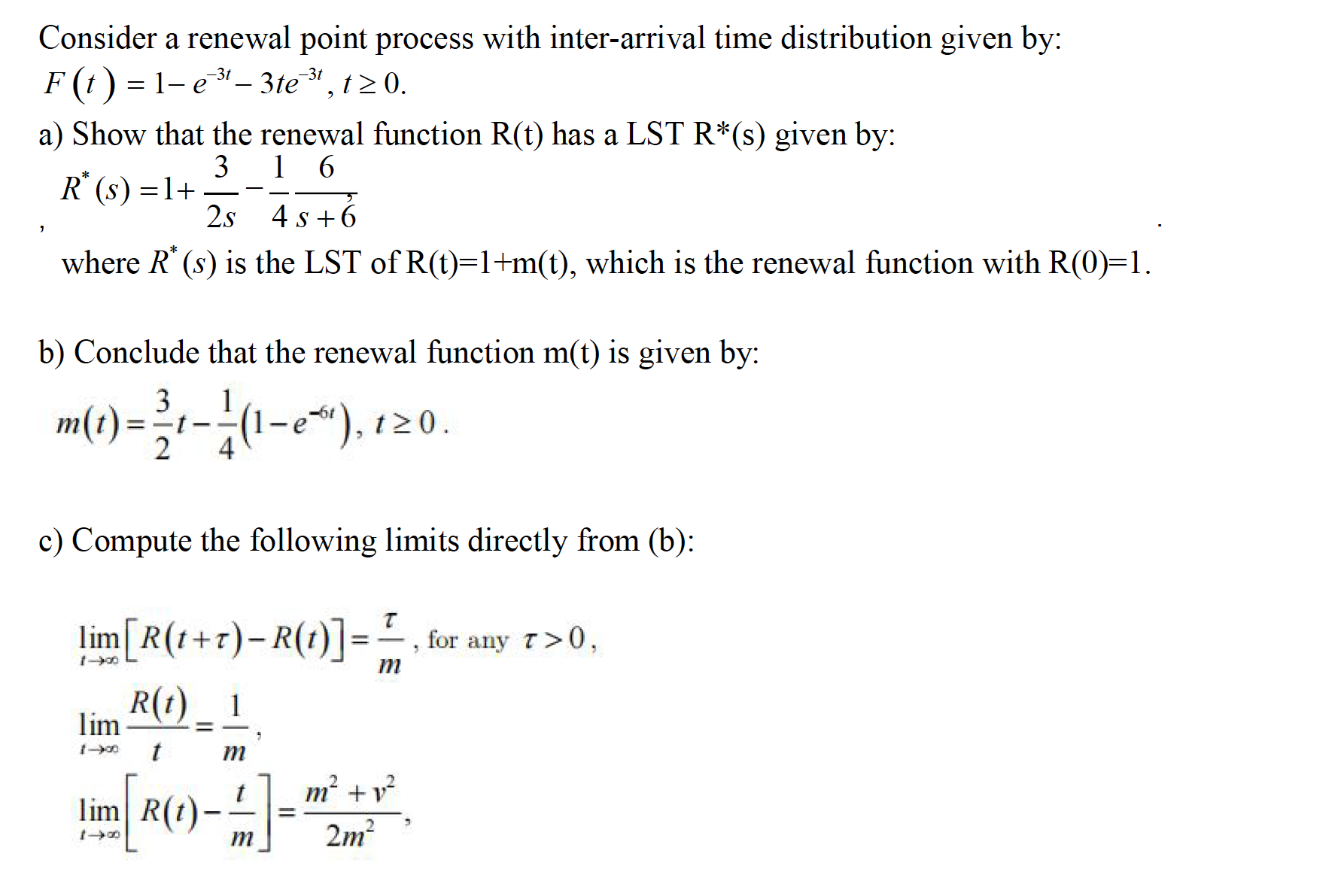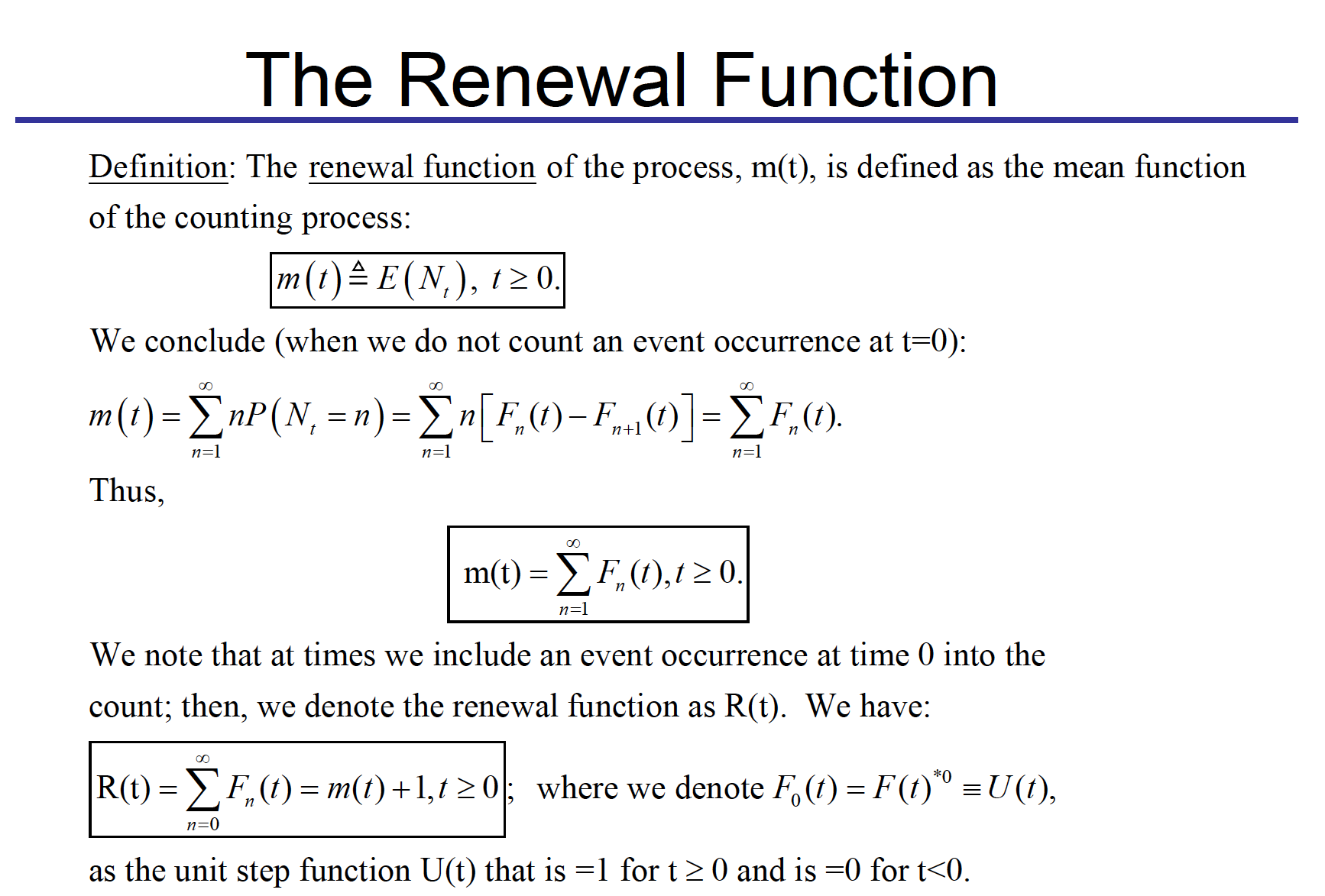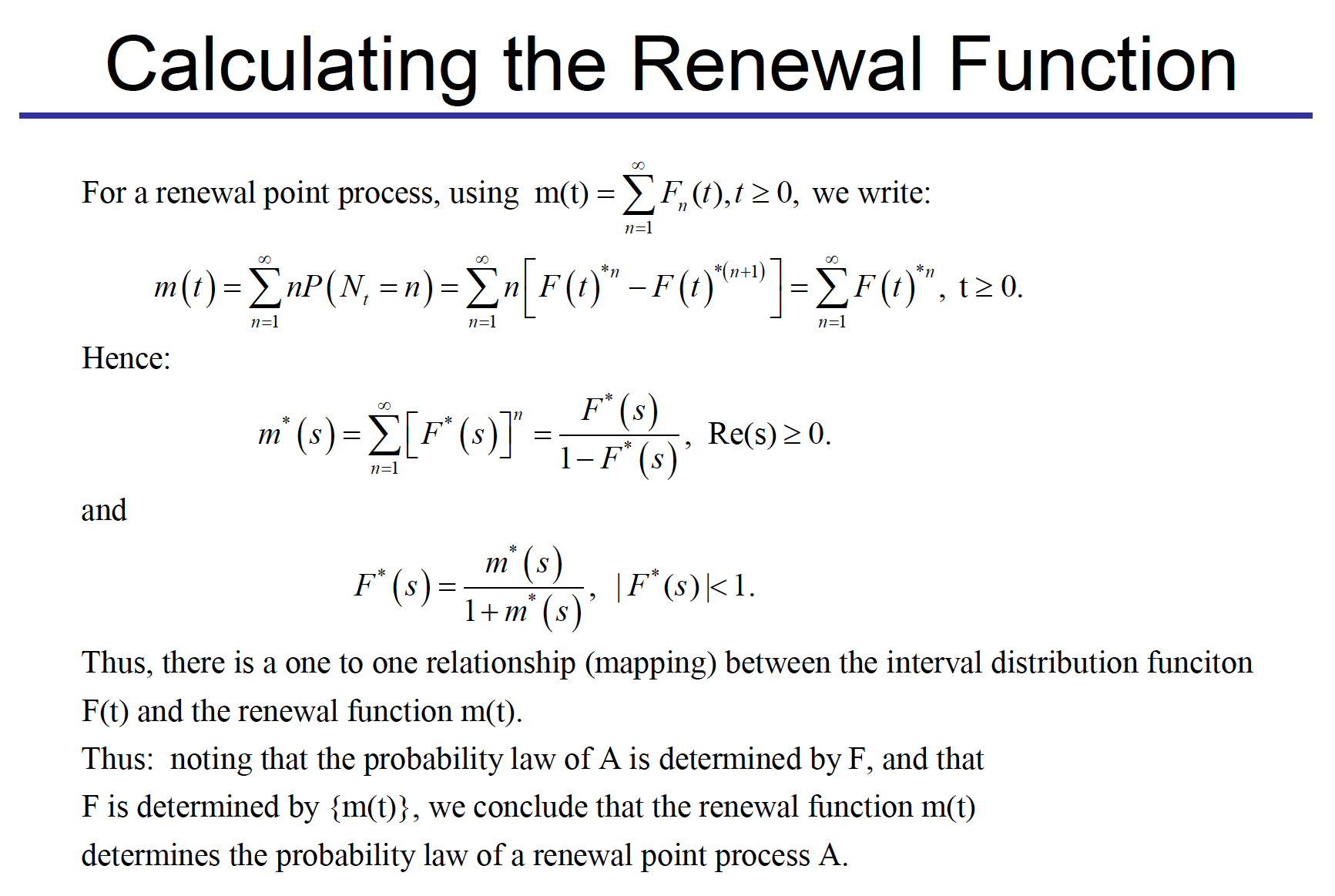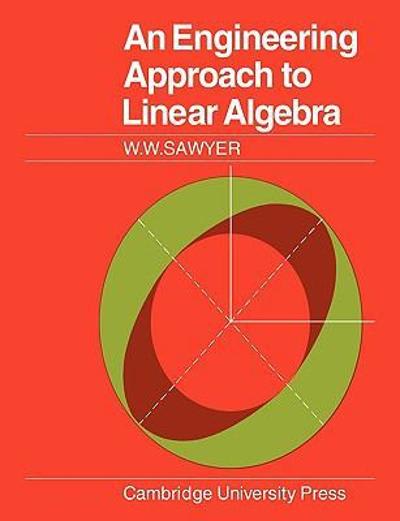Answered step by step
Verified Expert Solution
Question
1 Approved Answer
Hi, Could you please assist me in solving the following question? I'm getting a different answer for (a). I'm getting a wrong answer for (b)
Hi,
Could you please assist me in solving the following question? I'm getting a different answer for (a). I'm getting a wrong answer for (b) even after assuming that (a) is proved. I'm attaching the relevant slides from the coursework for your reference.



Step by Step Solution
There are 3 Steps involved in it
Step: 1

Get Instant Access to Expert-Tailored Solutions
See step-by-step solutions with expert insights and AI powered tools for academic success
Step: 2

Step: 3

Ace Your Homework with AI
Get the answers you need in no time with our AI-driven, step-by-step assistance
Get Started


